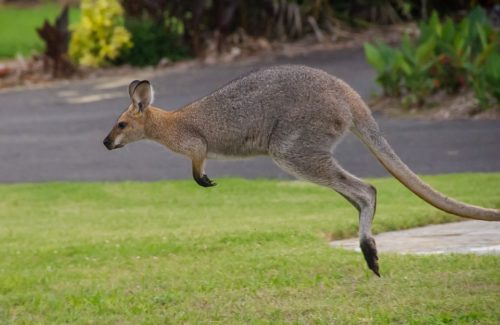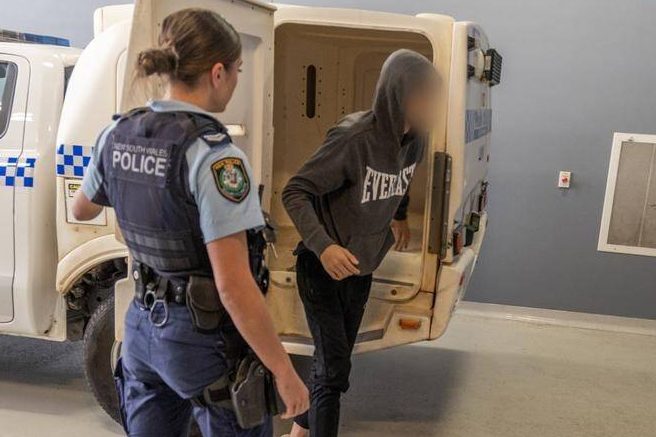
CANBERRA has recorded more collisions between motorists and animals than any other Australian city, according to AAMI data.
It’s the third year in a row that Canberra has topped the nation for animal collisions. This year more than 9000 animal collisions were recorded between March and February.
According to the data, the biggest “hotspot” is Canberra followed by Kambah. Hume is the third biggest hotspot, with Tuggeranong fourth and Belconnen fifth.
ACT motorists are most likely to collide with a kangaroo (96 per cent), a wombat (1 per cent) or a wallaby (1 per cent), although, collisions occurred with dogs and foxes too.
On a national level Canberra comes in first followed by Wallan then Heathcote in Victoria. Gisborne comes in fourth and then Goulburn fifth.
The data also comes with a warning and AAMI spokeswoman Ashleigh Paterson says the peak in animal collisions is winter.
“As the days shorten, motorists are sharing the road with animals for longer periods of time as they are most active during dawn and dusk,” she says.
“Wildlife is unpredictable, so we encourage drivers to always expect the unexpected on the road, particularly in signposted wildlife areas.
“Simple things such as being aware of your surroundings, driving to the speed limits, and being extra vigilant at dawn and dusk can help keep you and our wildlife safe.”
AAMI’s tips for sharing the road with animals:
- If there’s road kill around, slow down and pay extra attention because it’s an indicator there is wildlife in the area.
- If there’s a kangaroo crossing the road, it’s a sign more roos will be following as they move in groups.
- Same goes for an animal on the road, slow down and brake, but avoid swerving.
- If involved in a collision with an animal, stop to check its welfare, but only if it is safe to do so. If the animal is alive and injured call local wildlife rescue service.
- If the animal is a dead kangaroo, check if it is a female and if there’s a joey(s) in her pouch or around her. Pouches/ flaps of wombats and echidnas should also be checked as well as the surrounding area, as young echidnas are often dislodged during a vehicle collision.
- Use your peripheral vision and be aware of your surroundings, especially when travelling through forest or grassland areas where animals are not clearly visible.
Who can be trusted?
In a world of spin and confusion, there’s never been a more important time to support independent journalism in Canberra.
If you trust our work online and want to enforce the power of independent voices, I invite you to make a small contribution.
Every dollar of support is invested back into our journalism to help keep citynews.com.au strong and free.
Thank you,
Ian Meikle, editor





Leave a Reply